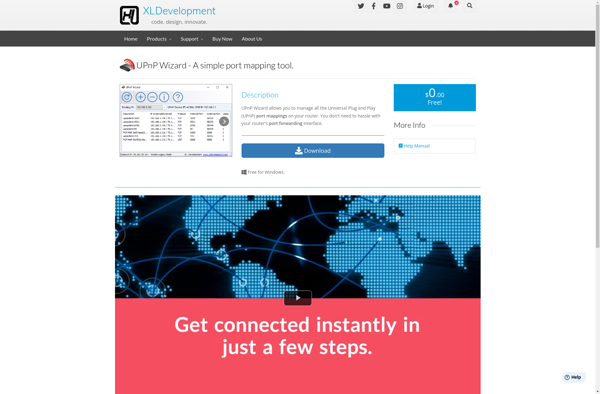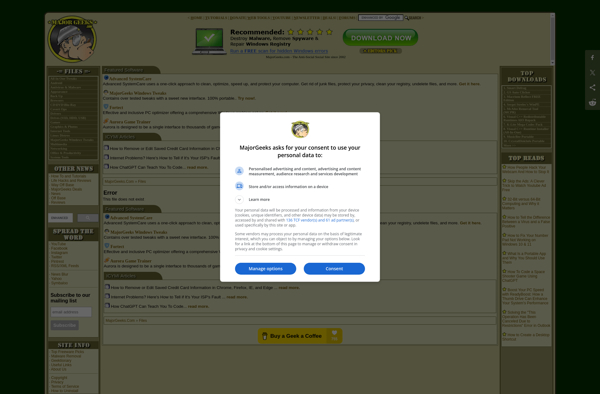Router Port Forwarding

Router Port Forwarding: Configure Remote Access
Router port forwarding is a process that allows remote computers to connect to a specific computer or service behind a router/firewall. It works by configuring rules that translate incoming connection requests to the correct device on a private network.
What is Router Port Forwarding?
Router port forwarding, also known as port mapping, is a process that allows remote computers from the internet to connect to a specific computer or service on a private network behind a router or firewall. It works by configuring rules on the router that translate incoming connection requests from the internet to the correct device on the local area network (LAN).
When configuring port forwarding, you specify an incoming port to open, and the IP address of the computer on your network that you want to allow the incoming connection to access. Once configured properly, external requests coming to the router on a specified port will be redirected to the correct device on the private network.
Common uses for router port forwarding include enabling remote desktop connections, hosting multiplayer game servers, providing remote access to surveillance camera systems, enabling communication to DVRs, and more. Port forwarding allows devices like security cameras and web servers on a private network to be securely accessible from anywhere on the internet.
There are some security risks to be aware of when using port forwarding. Opening ports in a router firewall makes devices on your network more exposed. Using proper passwords, limiting port openings to only necessary services, and configuring port forwarding to be temporary when feasible are good practices to improve security.
Router Port Forwarding Features
Features
- Easy-to-use interface for configuring port forwarding rules
- Support for multiple devices and services on a single router
- Automatic port forwarding rule generation based on device type
- Logging and monitoring of port forwarding activity
- Integration with other network management tools
Pricing
- Free
- Freemium
- One-time Purchase
- Subscription-Based
Pros
Cons
Official Links
Reviews & Ratings
Login to ReviewThe Best Router Port Forwarding Alternatives
Top Network & Admin and Network Management and other similar apps like Router Port Forwarding
Here are some alternatives to Router Port Forwarding:
Suggest an alternative ❐Simple Port Forwarding

Portfwd

PFConfig

Multi Port Forwarder

UPnP Wizard

Robusta Port Forwarder
